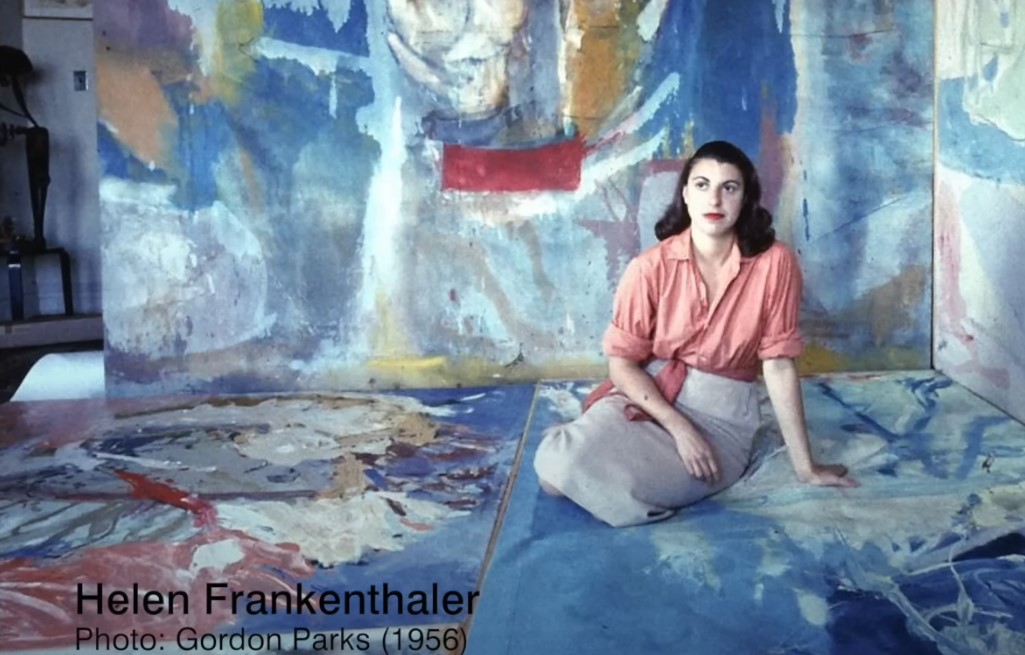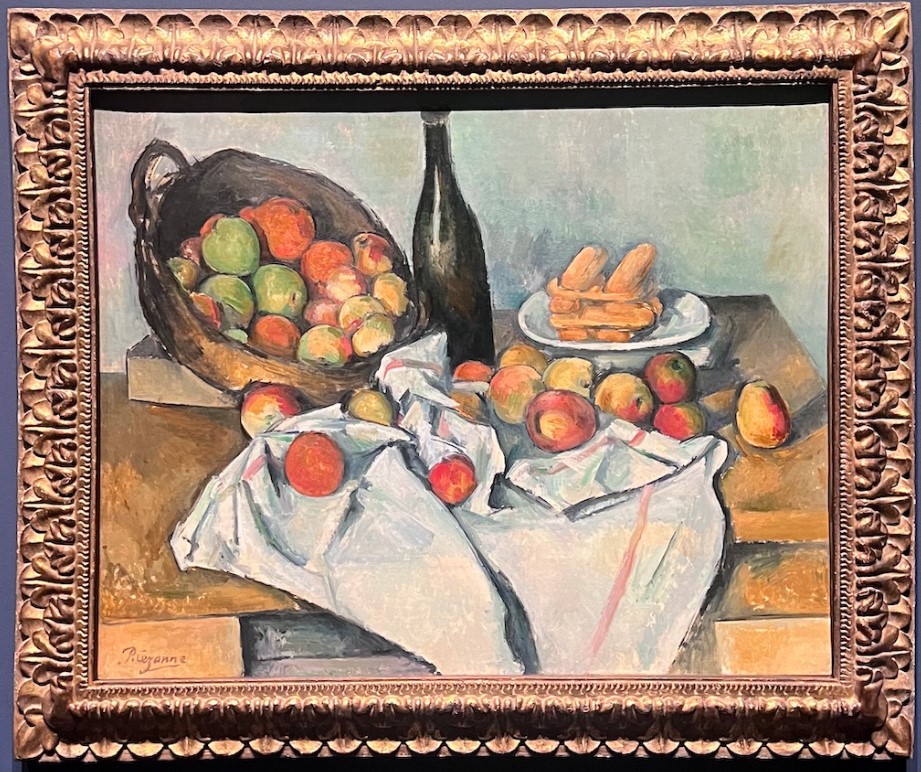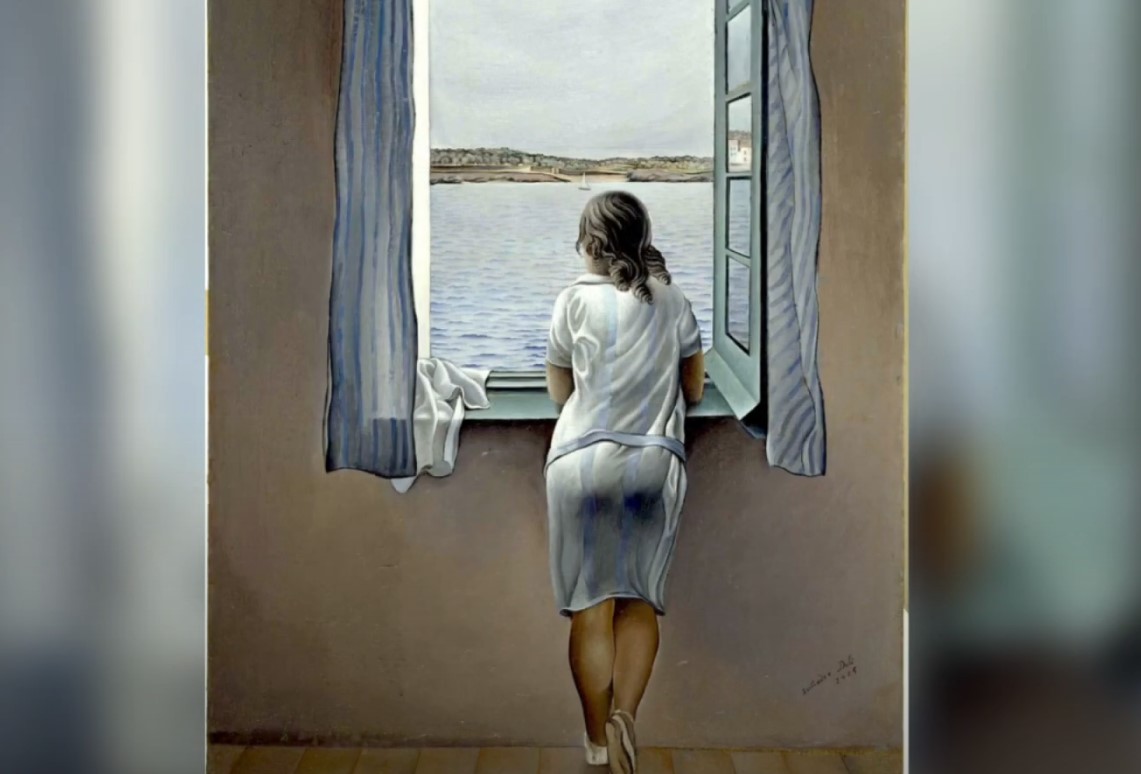Table of Contents
- Reasoning from the obvious field paintings
- Enigmatic fascination
- Influences on Helen’s artwork
- A wide range of possibilities
- Innovative Technique: “Soak-Stain” Frankenthaler’s Turn in the 1950s
- Evolution of Expression: Helen Frankenthaler’s Artistic from Oil to Acrylic
- Revolution of Pigments: Artistic Transition to Acrylics in the 1960s
Reasoning from the obvious field paintings
Walking into an art gallery and being confronted with an abstract painting can raise questions about what to look at. However, behind the apparent simplicity of works known as color field paintings lies a complex world of artistic expression. This article explores the fascinating universe of Helen Frankenthaler, a leading American abstract painter who left an indelible mark on 20th century art.

Enigmatic fascination
At the core of this supposed simplicity lies the question: What is the fascination behind colors and shapes? In reality, colors and shapes possess an intrinsic fascination. This phenomenon is akin to questioning the reason why the sky takes on blue hues. Although the answer may seem obvious, immersing ourselves in the intricate dimensions of the electromagnetic spectrum and contemplating how sunlight, with its various wavelengths, scatters in our atmosphere, we encounter a complexity that transcends the apparent and astonishing surface.
Influences on Helen’s artwork
Recognized as an outstanding painter in the field of color, she integrated throughout her career various influences of mid-century abstraction in her artistic works. From Pollock’s drip technique to her own distinctive take on modernism, exploring the various stages of her work. Belonging to the second wave of abstract expressionists, Frankenthaler excelled in a period when figures such as Willem de Kooning and Jackson Pollock dominated the art scene. To examine how this generation structured the vocabulary of abstract expressionism, dividing itself between action painting and color field painting.

Slopes
In the context of abstract expressionism, two main subgenres can be distinguished: action painting and color field painting. Although Helen Frankenthaler is often associated with color field painting, her early works reveal a marked influence of action painting. This style is characterized by energetic brushstrokes and messy applications of paint, seemingly guided predominantly by emotional expression. It is important to note that many of the action painters distinguished themselves by the use of thick paint, further accentuating the visceral and emotive nature of this artistic current.

Criticism
However, some conservative currents criticize these creations, arguing that they lack pictorial authenticity. For this sector, the abandonment of traditional methods places these works beyond the recognized realm of painting. Contrary to this perspective, the reality is that these artists boldly defied established conventions by fusing painting and sculpture, blurring the boundaries between the two media.
A wide range of possibilities
Helen Frankenthaler, in particular, emerged as a leading figure by underscoring the relevance of color, form, and space, catapulting them to the forefront of the creative process. Unlike conventional paintings, where these elements tended to be merely fundamental components, these artists elevated them to center stage, unleashing a wide range of artistic and expressive possibilities that reverberated through time. Ultimately, these works challenge the audience to transcend the mere surface, prompting them to explore the deep layers of meaning and emotion that are woven into the unique intersection of color and form.
Innovative Technique: “Soak-Stain” Frankenthaler’s Turn in the 1950s
Frankenthaler’s pioneering “soak-stain” technique marked a radical departure by laying his canvases horizontally on the floor and pouring buckets of paint directly onto them. This groundbreaking approach produced flat, consistent fields of color, defying established conventions.
Evolution of Expression: Helen Frankenthaler’s Artistic from Oil to Acrylic
From his early experiments with technique to the technical challenges he faced, such as the erosion of the canvas by oil paint, we look at how Frankenthaler refined his approach, switching to acrylic paints and confronting the dichotomy between color field painting and action painting.
In her early years, Helen Frankenthaler employed oil paint thinned with turpentine as part of her creative process. In her inaugural “soak-stain” work, titled “Mountains and Sea” in 1952, we glimpse an early exploration of the tension between color field painting and action painting.

Symbiosis of Styles: Soak-Stain
Although Frankenthaler continued to use the “Soak-Stain” technique aligning himself with the tradition of color field painting, his approach did not escape the influence of action painting, evidenced in the “soak-stain” technique itself which seems to take inspiration from Jackson Pollock’s method of dripping paint onto a canvas placed on the ground. In addition, Frankenthaler’s early experiments with this technique involved the creation of linear shapes and streaks of paint, intertwining in a manner reminiscent of Pollock’s gestural aesthetic.

Revolution of Pigments: Artistic Transition to Acrylics in the 1960s
In the 1950s, acrylic paints became commercially available and, in the early 1960s, Helen Frankenthaler chose to abandon the use of oil paints in favor of this innovative paint. The choice of acrylic paints was based on their ability to be applied directly to the canvas without the need for priming, thus avoiding the detrimental effects often associated with oil paints. These paints became Frankenthaler’s preferred choice, not only because they solved questions of longevity, but also because they coincided with a discernible aesthetic change in his work.

Artistic Maturity

The Evolution of Helen Frankenthaler’s Artistic Voice in the Color Field
As his style matured, Frankenthaler transitioned into the color field, establishing his place in American art history. Explore how his mature work, marked by organic and fluid color fields, became his hallmark. The resurgence of interest in texture in Frankenthaler’s later paintings, where he abandoned the uniformity of his tinted paintings to explore texture again and the more expressive application of paint.
Legacy and Continuing Influence
Helen Frankenthaler left an enduring legacy in abstract art, challenging traditional perceptions of painting and constantly exploring new possibilities. How her work continues to inspire contemporary artists and how it has influenced the evolution of abstract art. Over the years, the range of influences on Frankenthaler’s painting has changed, but his unique voice always prevails. From his earliest works to his later paintings, he has maintained a distinctive consistency despite the diverse influences that have marked his career.
Helen Frankenthaler’s artistic journey is a fascinating exploration of abstraction, color and innovation in her technique. From her risky methodologies to her lasting influence, this article has attempted to unravel the layers of meaning and emotion found in the unique intersection of color and form in the work of this remarkable painter.





